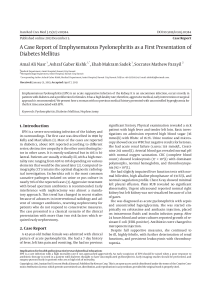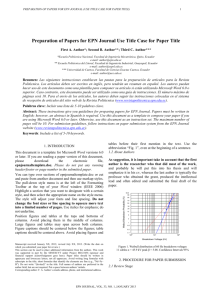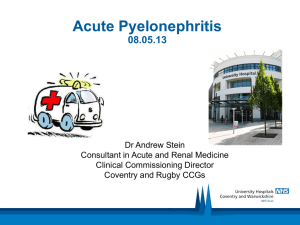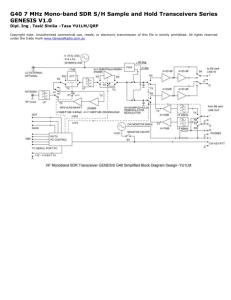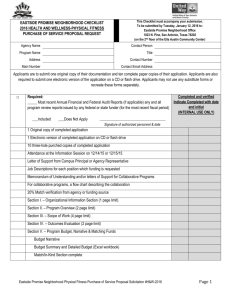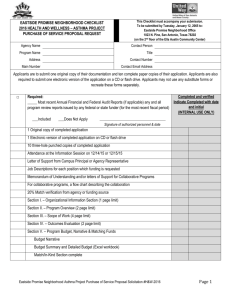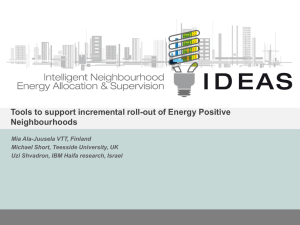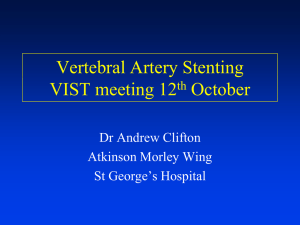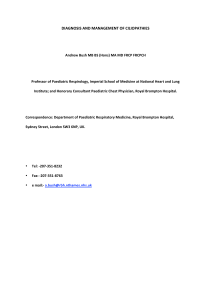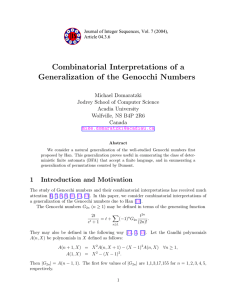Conservative management of emphysematous
advertisement
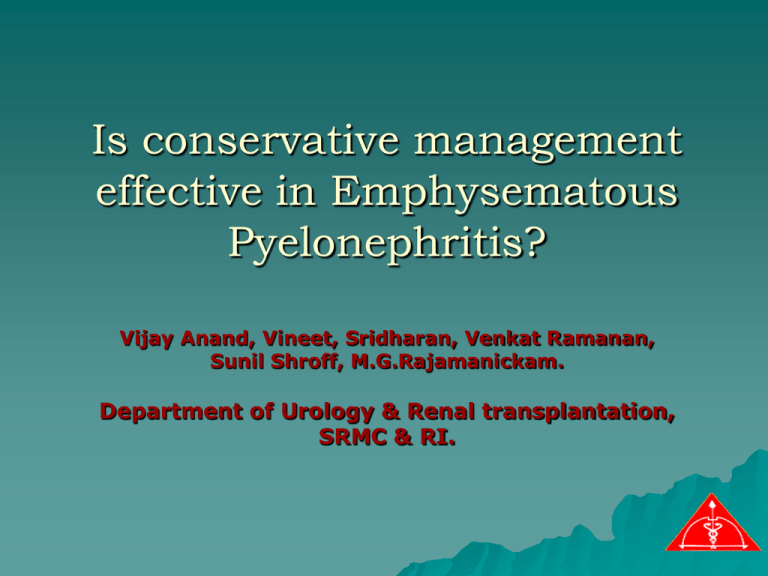
Is conservative management effective in Emphysematous Pyelonephritis? Vijay Anand, Vineet, Sridharan, Venkat Ramanan, Sunil Shroff, M.G.Rajamanickam. Department of Urology & Renal transplantation, SRMC & RI. Emphysematous pyelonephritis Acute necrotizing parenchymal and perirenal infection caused by gas forming organisms. High morbidity & poor prognosis. Rate of Nephrectomy: 21-29% Mortality rate: 60-75% AIM To analyze the efficacy of conservative management in EPN. Methods Retrospective study Inclusion criteria: All patients of EPN managed in our centre in the last three years. Diagnosis of EPN: Based on clinical and radiological findings The risk factors and classification done based on study by Wan et al * Correlation between imaging finding & clinical outcome ; Liang Wan, Tze u lee ; Radiology 1996; 198: 433-438 Classification according to extent of involvement Class I Class II Class III A B Class IV : Renal pelvis : Renal parenchyma : Perinephric tissue : Beyond Gerota’s fascia. : Bilateral involvement EPN in solitary kidney Radiological Classification Type I – Parenchymal destruction, absence of fluid collections and presence of mottled gas (Dry type) – Mortality : 69% Type II – Renal or perirenal collections with bubbly or loculated gas or gas in collecting system. (Wet type) Mortality : 18% Wan et al 1996, Best et al 1999 Risk factors Thrombocytopenia Acute renal insufficiency Low S. Albumin Altered mental status Shock on presentation AUA, 2005 More than 2 risk factors – Poorer prognosis Conservative Management in EPN Antibiotics Supportive measures Stenting / Per-cutaneous drainage Indications Rising S.Creatinine Hydroureteronephrosis Sepsis Significant renal or peri-renal collection (Percutaneous drainage) Results Total # of patients : 18 Male : Female : 1: 2 (6 M, 12 F) Age : 34-67yrs (mean 51). Patient categorization Class 1 - 5 patients Class 2 - 4 patients Class 3A - 6 patients Class 3B - 1 patients Class 4 - 2 patients Class 1 Class 2 Class 3A Class 3B Class 3B Class IV Class IV Radiological types Dry Type : 4 Wet Type : 14 Type I - gas radiates diffusely No associated fluid collections are seen Type II - several small foci of gas Associated regions of fluid attenuation. Risk Factors Low S. Albumin – 18 Acute renal insufficiency : 16 Thrombocytopenia: 11 Altered mental status - 3 Shock on presentation - 2 Co-existing Diabetes Mellitus No. of pts with DM: Established DM Incidentally diagnosed Hb 18 16 2 A1c raised ( mean – 12.2) Causative organisms Esch. coli : 12 Klebsiella : 2 Citrobacter : 1 No growth : 3 Management DJ Stenting – 11 DJ Stent+Percutaneous drainage – 3 Percutaneous drainage – 2 Nephrectomy -1 Pre and Post Stenting Pre & post per cutaneous drainage Management vs Class of EPN 1 2 3A 5 4 1 1 DJ STENT + PCD 2 1 PCD only 2 NEPHRECTOMY 1 EPN class 3B 4 MANAGEMENT DJ STENT Management & Class of EPN 10 9 8 7 6 5 4 3 2 1 0 5 DJS DJS+PCD PCD 4 22 1 00 00 Class I Class 2 Class 3A 11 0 00 0 Class Class 4 3B Management vs Number of Risk factors RISK FACTORS 1 2 3 4 2 7 2 2 1 MANAGEMENT DJ STENT DJ STENT + PCD PCD 1 NEPHRECTOMY 1 1 5 Mortality - 1 Class 3B Radiological type – I Number of risk factors – 5 Outcome – expired within few hours Effectiveness of Conservative management Risk factor > 2 - 9/16 patients Patients with class 3A, 3B, 4 – 7/16 patients Follow up Follow up – 3 months to 24 months Mean – 6 months Recurrent EPN @ 3months - 1 Pyelonephritis (Non emphysematous) - 1 Conclusion Conservative management is a safe, effective and feasible treatment option in patients with Emphysematous pyelonephritis. Thank you
